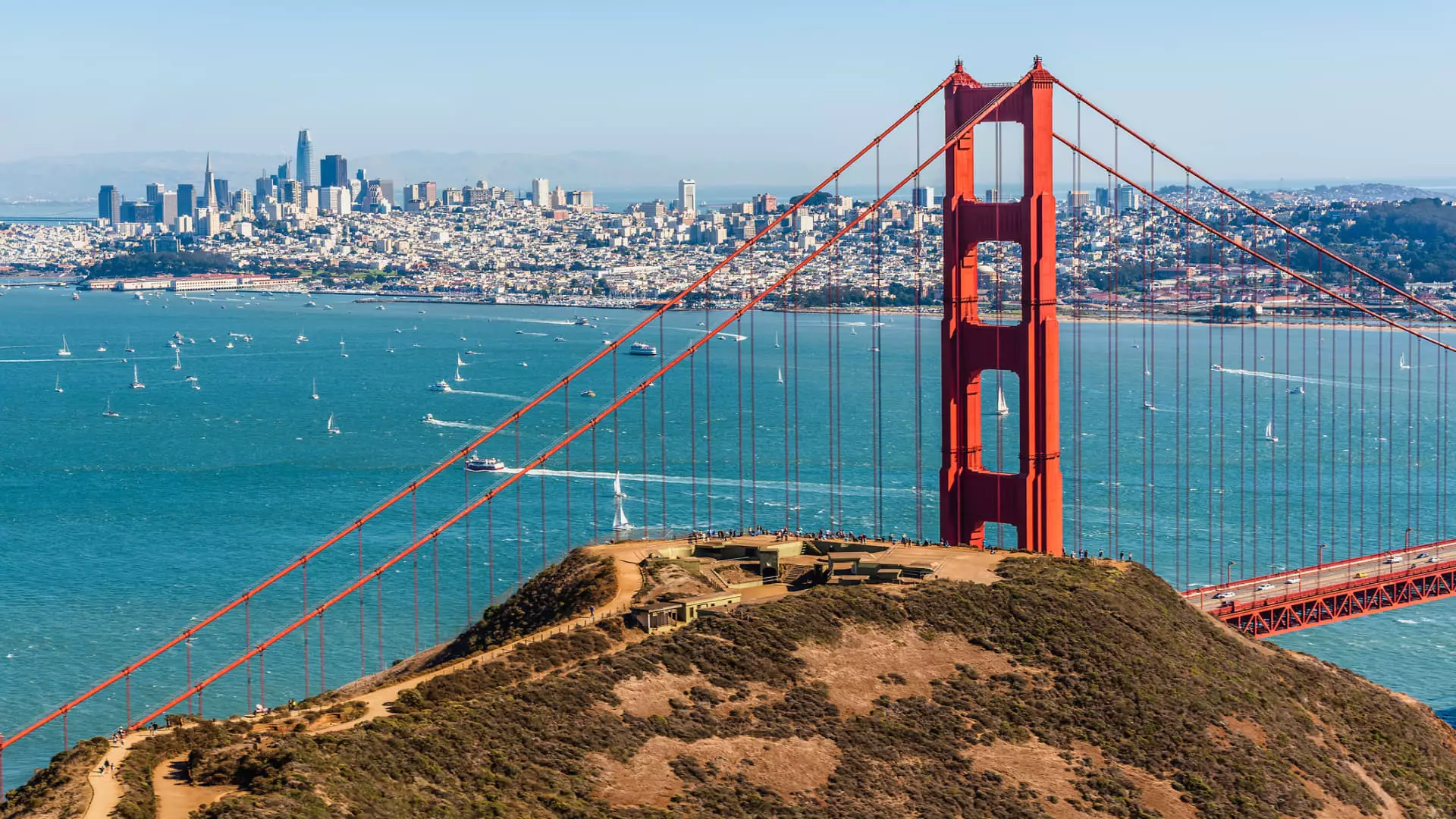In an era defined by unprecedented technological advancement, the United States stands as a dazzling beacon of wealth creation. As per a recent report by Henley & Partners and New World Wealth, the U.S. claims over 37% of the globe’s millionaires, a staggering figure that underscores its leadership in high-growth sectors. With liquid millionaire numbers exceeding 6 million—a 78% increase in just the last decade—the trajectory is alarming for those concerned about economic equality. This growth, however, isn’t merely an economic success story; it raises questions about the sustainability of wealth distribution in a nation where the rich seem increasingly segregated from the less fortunate.
The Disparity in Wealth Distribution
While the rich continue to get richer, the socio-economic landscape is becoming painfully stratified. The U.S. now boasts more than 867 billionaires, accounting for a third of the global total. While billionaires like Elon Musk and Jeff Bezos dominate headlines, their struggles and triumphs exist in a vastly different reality than that of millions of working Americans. The staggering 10,835 centimillionaires—a title indicative of having over $100 million at one’s disposal—contrasts sharply with the plight of the average citizen navigating the relentless cost-of-living crisis. Simply put, when a small segment of the population accumulates wealth at such a rapid pace, it breeds resentment and disillusionment among those left behind.
The Migration of Wealth
A notable aspect of this millionaire phenomenon is the influx of foreign millionaires seeking refuge and opportunity in the U.S. The report highlights that approximately 3,800 wealthy individuals, including 95 centimillionaires, migrated to the States last year alone. This migration predominantly favors affluent states like California and Florida. While it enriches local economies, it simultaneously exacerbates housing crises and strains public resources. Therefore, while the nationals may celebrate the arrival of swirling fortunes, the immediate consequences can sometimes be decidedly less glamorous, affecting infrastructure and access to social services.
The Rise of Wealth Centers in Unexpected Places
Interestingly, traditional hubs of wealth like New York and the Bay Area are facing stiff competition from emerging wealth centers in the Sunbelt, with Scottsdale, Arizona, reported as the fastest-growing millionaires’ haven. Scottsdale’s population of millionaires surged by an astonishing 125%, drawing in new fortunes and igniting debates over gentrification and regional identity. As cities like West Palm Beach and Miami also enjoy rapid growth in millionaire populations, concerns arise about the long-term impacts on these communities. The question becomes: is this wealth growth sustainable, or are we simply witnessing an economic bubble that will eventually burst?
Technological Advancements and the Future of Wealth
Technological innovation, especially within artificial intelligence, is a powerful driver of this new era. With advancements yielding significant fortunes, the Bay Area remains a powerhouse of growth, yet the stark rivalry with New York is palpable. The Bay Area’s millionaire population has increased by 98% over the past decade, while New York’s growth is more subdued at just 45%. As AI continues to reshape industries, one must wonder if the pace of wealth creation can keep up with rising societal demands for equity and inclusion.
The dramatic rise in U.S. wealth presents an intricate tapestry of opportunity and disparity, hinting at challenges that cannot be ignored as we venture further into the 21st century. As both an observer and participant in this evolving landscape, it’s essential to advocate for policies that ensure this prosperity is shared, lest we risk further division within a society that prides itself on its democratic ideals.


Leave a Reply